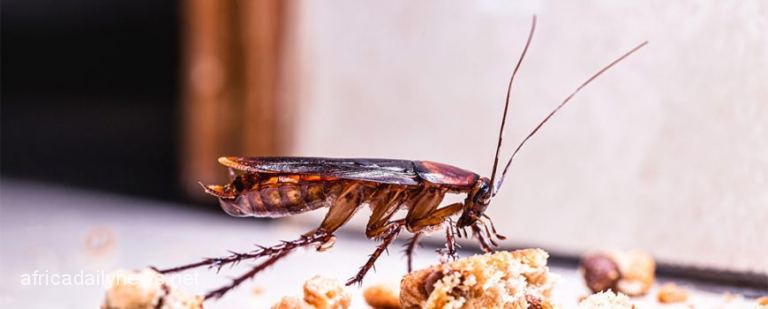What is more annoying than spotting a roach in your home? Cockroaches are one of the most invasive domestic pests, often choosing the dark, humid corners of basements, restrooms, kitchens, or even hotels. Unfortunately, cockroaches are very resilient and sturdy. For instance, they can survive without water for a week and without food for as long as one month. Interestingly, even after their heads are chopped off they continue to respire through pores on their body for another 7 days and can survive colder temperatures. Due to their high adaptive capabilities, combating roach infestation is tough.
Some homeowners are ignorant of the risks (health and safety wise) associated with roach infestations. Some of these risks include asthma resulting from cockroach allergens, and the germs they spread in such a short time of moving a distance of 3 miles in 1 hour. After spending three-quarters of their time in a restive state, cockroaches seem to have a big store of energy to wreak transport bacteria and cause health and economic loss. In the United States alone, more than $1.5 billion is spent annually to control cockroaches. A single section of extermination can cost between $250 – $600, depending on the degree of infestation.
In Africa, the warmer and humid climate seems to particularly favor roaches. According to Confused.com; “there are an average of 4,400 searches for the term ‘how to get rid of cockroaches’ in South Africa every month.” Some of the top tips for Africans battling roach infestation are keeping foods sealed, blocking entry points, covering waste bins, and disposing of waste regularly. But as these organic remedies are failing to yield rapid results, homeowners are turning to pesticides. There are hundreds of pest control sprays on our shelves today. Sadly, these are not without side effects.
Read Also: Domestic Debt: Ogun Borrows Over ₦58billion In 18 Months
Exposure to pesticides can result in irritation of the nose, throat, and eyes, cause kidney failure, as well as, damage one’s central nervous system. Do you notice that you feel dizzy, nauseous, weak, or get a headache after pesticide application? This is a sign that you need to take more protective measures. Try to stick to the recommended amount of pesticide, store bottles away from children, and protect yourself whenever you use them.
While many are running after roaches to manually kill them with slippers or shrieking at the sight of a flying cockroach, some Edinburgh researchers have developed an artificially intelligent cockroach killer. The AI laser turret cockroach killer spots and kills the pests. From about 1.2 meters away, this powerful AI insect killer can sense a cockroach via a technique called ‘machine vision.’ The contactless control method is very promising as it consumes less energy, it’s portable, and is not expensive— the prototype costs $250 to build.
Utilizing machine vision, the system targets individual insects and requires a laser power of 1600mW and a 3mm spot-focus on the insect to effectively neutralize (kill) it. If the laser power misses the body and settles on appendages, the roach is still able to escape. Hence care needs to be taken to focus well on the insect. Aside this, the scientists have yet to incorporate a protective feature for humans as the laser power can cause skin burns or inflict permanent injuries to the body and irreparably damage the eyes.
This team of scientists from Heriot-Watt University in Edinburgh’s School of Engineering and Physical Science was led by Ildar Rakhmatulin and they worked together to develop the automated laser turret to efficiently control cockroaches and possibly other agricultural pests. Their aim was to attain a novel pest control that’s safe, compact, affordable, and energy-efficient. While considerable success was achieved on the last 3 goals, some adjustments still need to be made to improve on safety.
MyBroadband reports that the team intends to meet this important goal by developing additional safety functionalities, like adding human detectors or audio sensors. Only then, will it be ready for mass adoption. Until then, the invention is better suited for experiments or needs extra care for personal use.
Are the days of hunting down roaches with slippers and insecticide, coming to an end? Well, looks like it!
Ehi-kowoicho Ogwiji is a storyteller and natural scientist who is given to advocacy for a science-literate Africa. Ehi-kowoicho aspires to be a renowned science communicator and STEM thought leader in Africa and beyond. She writes from Abuja, Nigeria. Connect with her on social media @ogwijiehi or email her at [email protected]










